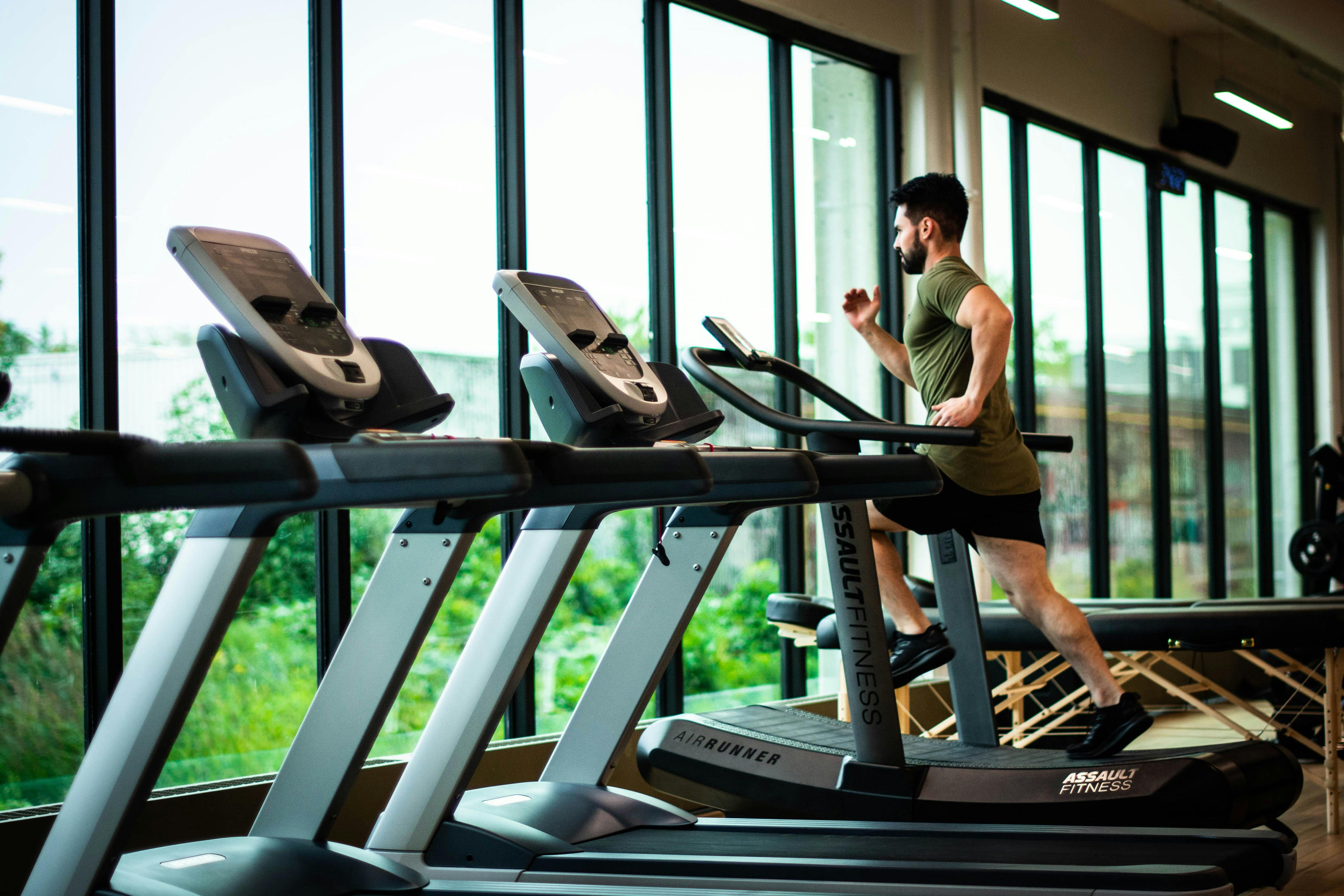No matter your goals, if you want to burn more calories, you might think you have to exercise more intensely or frequently or for longer durations without stopping. New research reveals that there are other ways to burn more calories during exercise that don’t involve bringing yourself to the height of exhaustion or physical burnout. Let’s look at the study to discover how to ramp up calorie-burning.
The study

In this hot-off-the-press small study published in the Proceedings of the Royal Society B, the researchers measured the metabolic demands and the level of oxygen consumed by the participants when exercising for intervals of 10 seconds to four minutes. The participants used a treadmill and a stair climber and exercised at three different speeds.
The study results

The tests revealed that walking or climbing in 10- to 30-second intervals demanded 60% more oxygen than walking or climbing the same distance without taking any breaks. The study’s first author, Francesco Luciano, stated that walking for shorter bouts uses more energy and oxygen to cover the same distance because your body needs more energy to warm up when starting to walk compared to the amount of energy required to continue walking when your body is already in motion.
Whether you walk for 10 seconds or 30 seconds before taking a break, the study shows you’ll still require more energy and oxygen to get moving again. Using more energy torches more calories.
The takeaway

Breaking up your walking and physical activity into shorter bursts is beneficial for your health. Researchers revealed that taking rest stops during a walk burns more calories, requires more oxygen consumption, and increases metabolic demands compared to walking from start to finish uninterrupted. Short bouts beat sustained motion when it comes to calorie-crushing. Study author Francesco Luciano used the apt analogy of a car needing more fuel to start the engine up again to get moving. A car on cruise control doesn’t require the same demands to continue cruising.
While you might think you have to exercise for longer periods without stopping to torch the most calories and get the best results, this study shows otherwise. It turns out that working out for shorter durations and taking breaks increases metabolic demands and calorie burning to bring you closer to your goals. Perhaps a good motto is: go ahead and take a breather; you deserve it, and you might just burn more calories anyway.




